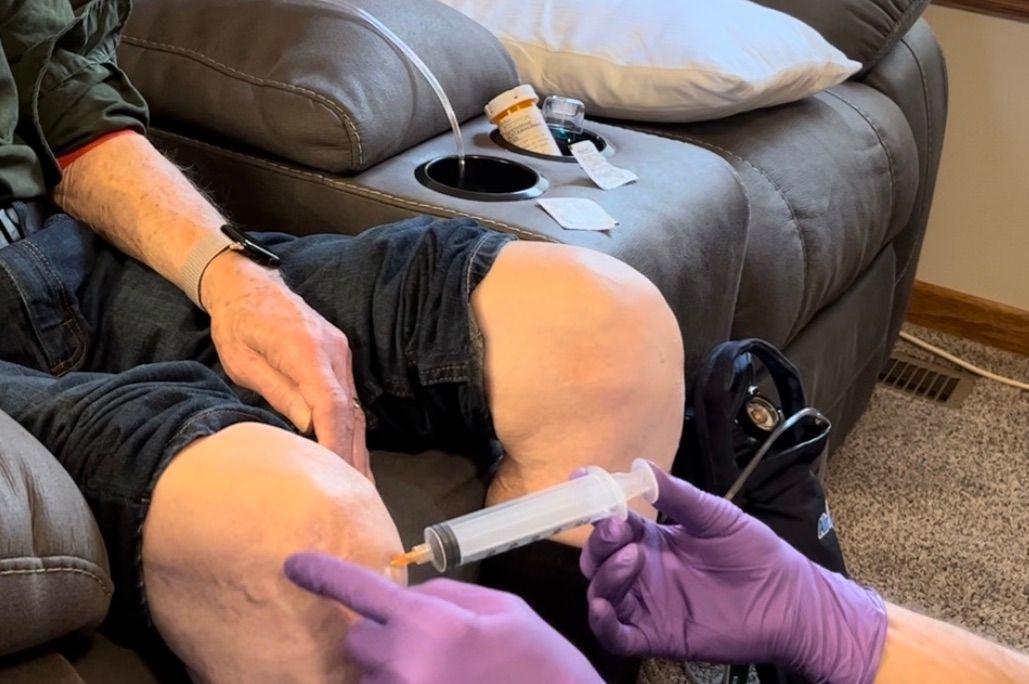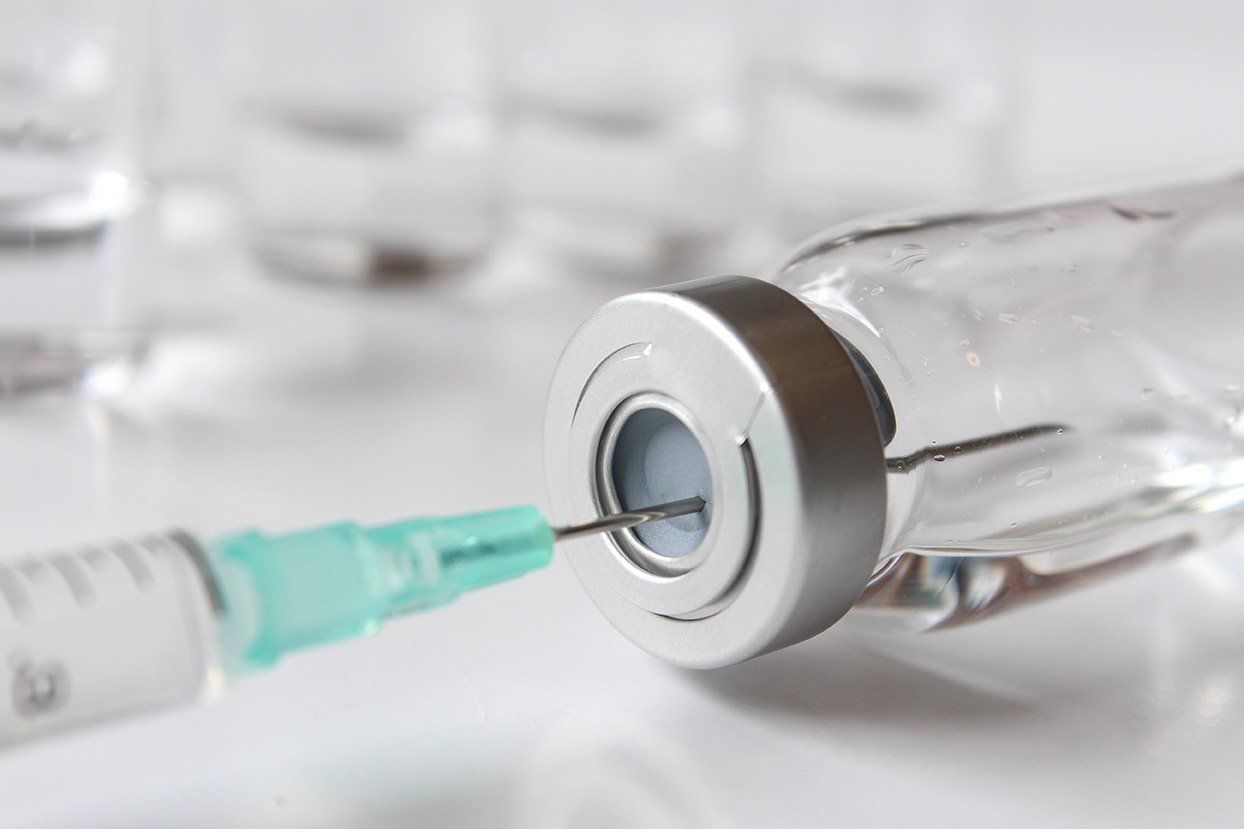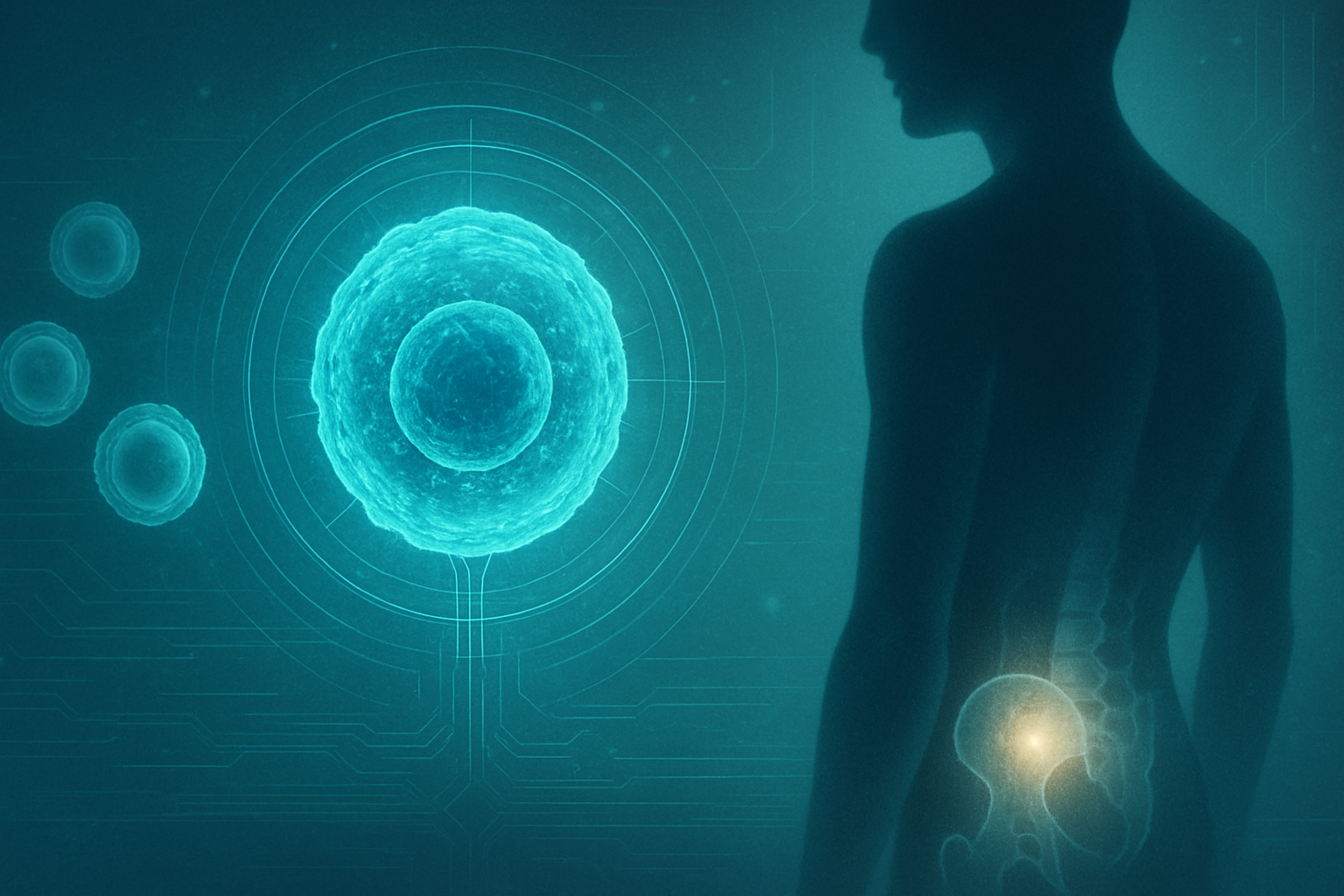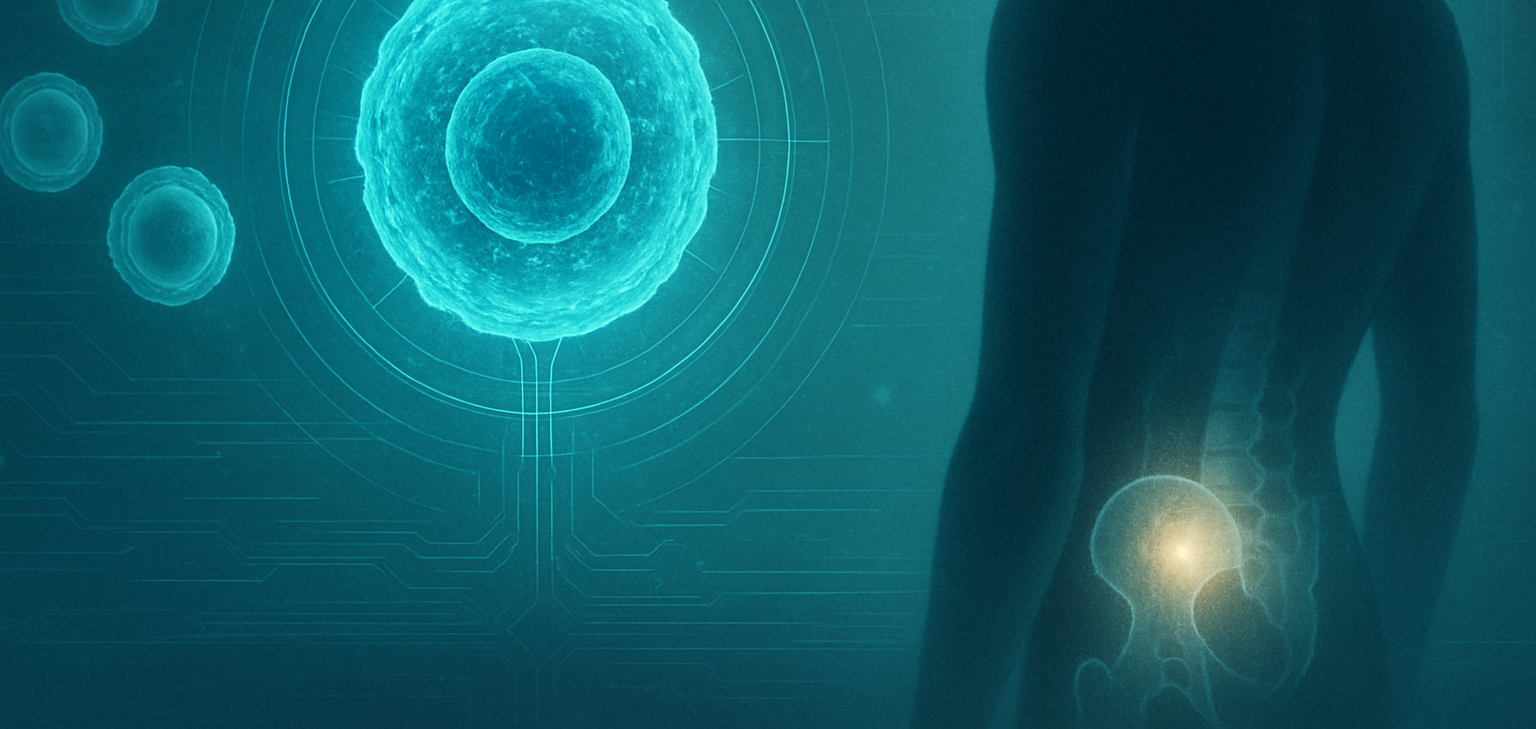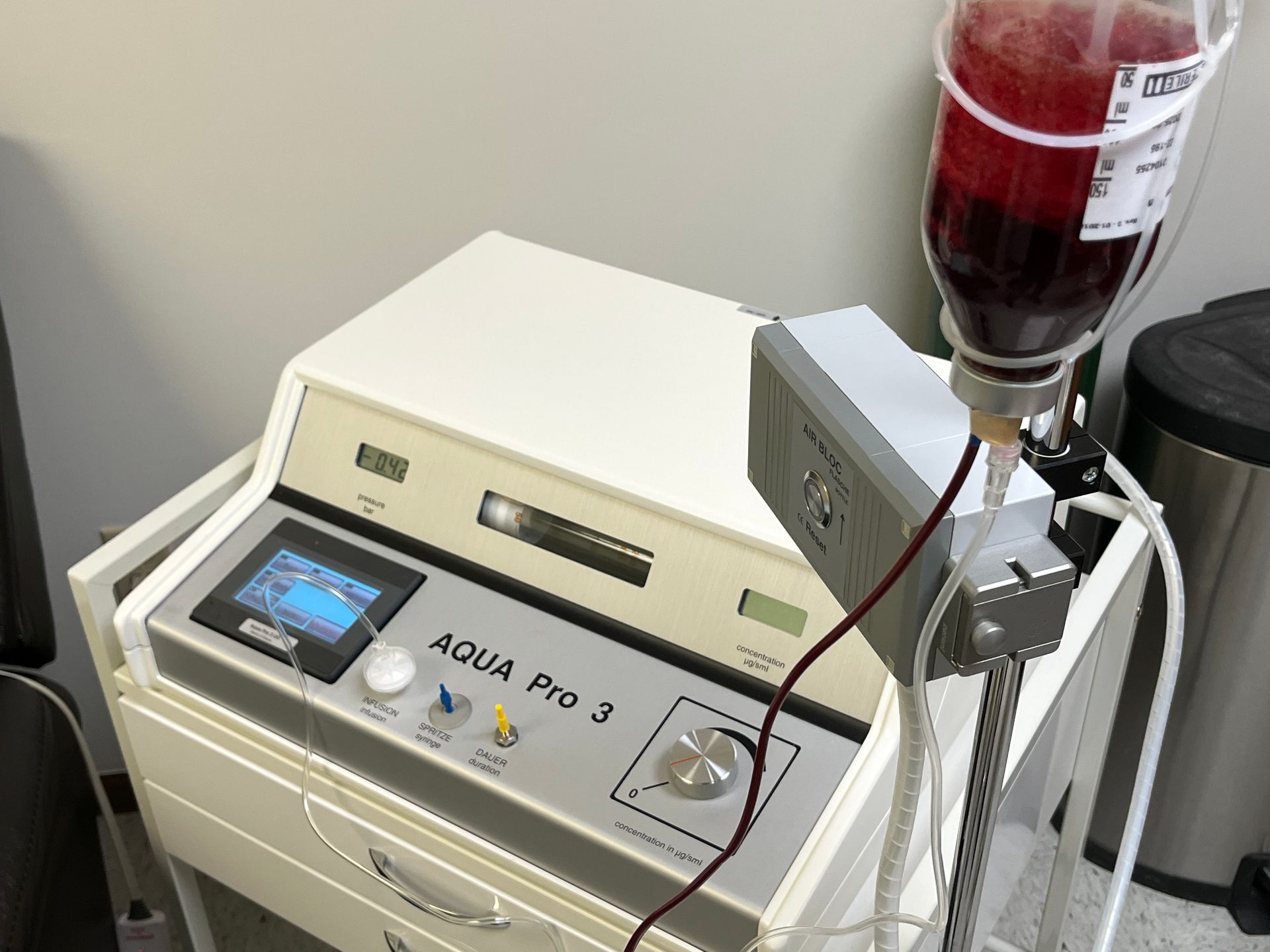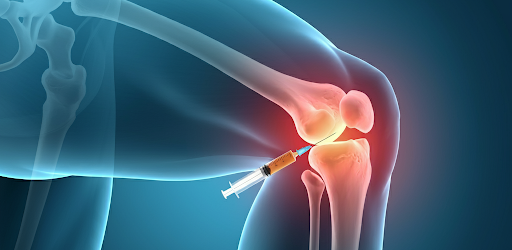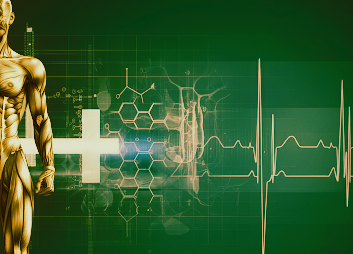Is Stem Cell Therapy Safe?
The topic of stem cell therapy safety sparks deep curiosity—and sometimes concern—among individuals exploring this groundbreaking medical option. With its promise to repair damaged tissues, reverse chronic conditions, and potentially even regenerate entire systems within the body, it’s no wonder this treatment is gaining such attention. But while excitement swells around the potential benefits, questions around its safety are equally important and deserve thoughtful answers.
In this article, we’re going to take an honest, clear-sighted journey into stem cell therapy’s safety. Rather than focusing on hype or fear, we’ll break things down in a conversational, realistic way. By the end, you’ll have a much better sense of how safe this therapy is, what to expect, and whether it’s the right fit for your health journey.
Understanding the Basics of Stem Cell Therapy
Before we examine safety, it helps to understand what stem cell therapy is clearly. At its core, stem cell therapy involves using your body’s most primitive cells—stem cells—to stimulate healing in damaged or diseased areas. These cells are unique because they haven’t “decided” what they’re going to become yet. That flexibility allows them to transform into muscle, nerve, or tissue cells depending on the environment they’re introduced into.
The stem cells may be taken from your own body—often from fat tissue or bone marrow. Once harvested, these cells are processed and injected into areas that need repair.
Why People Are Turning to Stem Cell Therapy
People aren’t just interested in stem cell therapy for minor aches. They're seeking it out for serious conditions like joint degeneration, autoimmune diseases, spinal injuries, and even neurological conditions. Part of the draw is that stem cell therapy is often non-surgical and minimally invasive. It appeals to those who want to avoid going under the knife, those who haven’t found relief through traditional medicine, and those who are drawn to innovation. But where there is innovation, there are also important safety questions. That’s why you must understand the whole picture—both the promise and the precautions.
Safety Begins with the Source
One of the most important factors in determining how safe stem cell therapy is depends on where the cells come from. Using your stem cells typically comes with fewer risks because your immune system recognizes them. This reduces the chance of rejection or inflammatory response.
When cells come from donors, the risk of immune rejection is slightly higher, but not necessarily dangerous. The cells are screened and cleaned before use, and reputable clinics follow strict quality standards. Still, knowing where your stem cells are sourced from and how they are processed is a crucial part of evaluating any treatment plan.
Not All Clinics Are Created Equal
Here’s a hard truth: while stem cell therapy itself may be safe, not every place that offers it meets proper safety standards. Some clinics may cut corners, skip safety protocols, or use unverified products. This is where most risks arise—not from the therapy itself, but from poor execution.
Choosing a clinic that’s reputable, experienced, and transparent with its methods makes a massive difference in the safety of your experience. Clinics that explain every step, source cells ethically, and provide support before and after treatment are far more likely to deliver positive outcomes.
Side Effects Are Possible, But Often Mild
Like any medical procedure, stem cell therapy comes with the possibility of side effects. Most of the time, these are mild and temporary things like swelling, soreness, or redness at the injection site. Some people feel fatigued or experience a low-grade fever for a day or two. These responses are typically just the body adjusting to the regenerative process. Serious side effects are extremely rare when proper protocols are followed. But it’s important to remember that every person’s body reacts differently, and results can vary depending on age, health condition, and the disease's severity.
Is There a Risk of Tumor Formation?
One of the concerns people often raise involves whether stem cells could form tumors. This is a valid question because stem cells, by nature, grow rapidly and can turn into different types of cells. However, this risk is mostly associated with embryonic stem cells, which are rarely used in modern clinical settings due to ethical and safety concerns.
Most clinics today rely on adult stem cells, which have a very low likelihood of forming tumors. These cells are also often “pre-differentiated” or treated in ways that reduce the potential for uncontrolled growth. As long as cells are properly handled, the risk is considered extremely low.
Personalized Risks vs. General Risks
Just like with any medical treatment, your health profile affects the safety of stem cell therapy for you. Someone with a compromised immune system or a history of certain cancers may face different risks than someone who is generally healthy. That’s why a thorough consultation is so important. The best clinics will run tests, ask about your medical history, and help determine if this therapy is right for your specific situation.
Safety Is More Than Just a Yes or No Question
It’s tempting to ask: “Is it safe, yes or no?” But the answer isn’t that binary. Instead, think of safety as a spectrum, influenced by many factors: where the stem cells come from, how they’re processed, who administers them, and what your health looks like going in. When these elements are carefully considered and managed by qualified professionals, the therapy can be remarkably safe.
So, is stem cell therapy safe? The honest answer is that it can be safe when handled with expertise and care. The real key lies in choosing the right provider, understanding the source and quality of the stem cells, and ensuring your treatment is tailored to your individual health needs. While no medical procedure is completely without risk, stem cell therapy, when performed responsibly, offers a promising and often life-changing option for many people. At One Natural Health, we are here to provide helpful information and treatment, guiding you through each step with clarity, safety, and compassion. If you’re considering this path, you deserve support that empowers you to make the best choice for your future.
